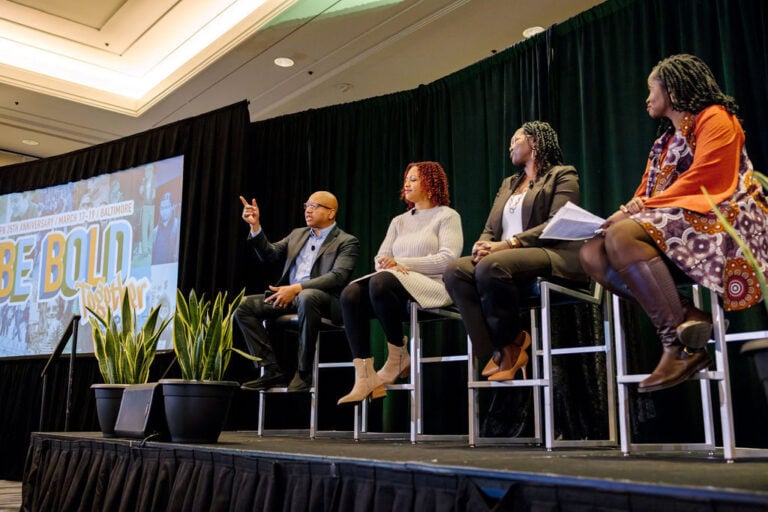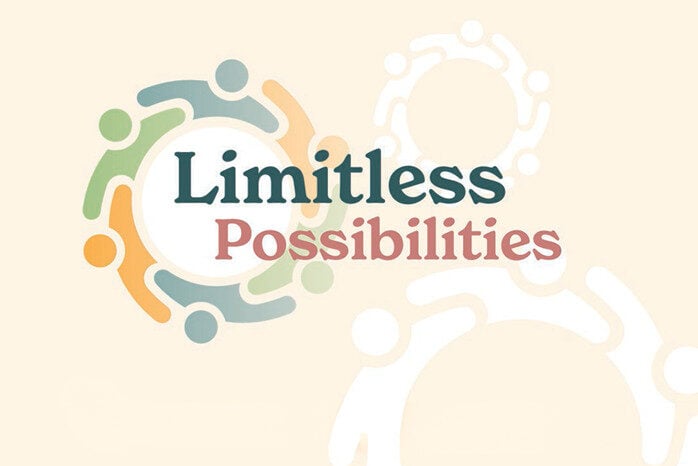When I needed foot surgery last year, I met with multiple orthopedic surgeons. One podiatrist said to me, “I could do your operation. I usually do about two to three a year; my surgery practice is pretty episodic.” Another, the one I ended up going with, does about three surgeries a day, four days a week. Needless to say, I chose the surgeon with a practice that was the most honed and steady, and also likely to be evolving and improving.
Consistency, rigor, and being open to opportunities for growth were all important qualities I looked for when choosing a surgeon. These same concepts are also foundational when we look at organizations’ feedback practices. To get positive outcomes from feedback, we must consider and agree on the elements that define a high-quality feedback practice. And as the field learns and grows, our definition of quality should change and expand, too. At Listen4Good, the feedback capacity-building program where I serve as managing director, we recently updated our guiding framework for what constitutes quality feedback to more explicitly center equity as part of our own growth journey.

For many organizations, gathering and responding to client feedback leads to better, more responsive, and inclusive programs. At Listen4Good, an estimated 80 percent of organizations make or develop plans to make changes to programs and operations within one year of joining Listen4Good. Developing strong client feedback systems can also lead to sustained shifts in how organizations share power and embed client voice in organizational decision-making. We’ve seen this change process countless times at Listen4Good.
But not every feedback practice is a best practice; only those of the highest quality have the potential to produce the aforementioned benefits. When feedback systems are designed or implemented poorly, they can become at best performative, at worst, extractive. People who provide the feedback won’t feel heard and certainly won’t gain any power. In lower quality systems, candid perspectives aren’t genuinely welcomed nor is feedback reviewed or acted on by decision-makers. While it’s clear that feedback done right can lead to positive outcomes, it is equally clear that feedback done poorly can leave clients worse off — less trusting, less engaged, and less empowered.
Listen4Good is built on this understanding, and in 2018, we codified our views on feedback quality with a step-by-step competency rubric – based on our experience working with more than 200 organizations since 2016. Our goal in creating that document was to give organizations a tangible roadmap for implementing the highest quality feedback systems possible. Our core competencies rubric specifically outlined the choices, behaviors, and practices that we associated with viable, medium-quality, and high-quality approaches to feedback.
A multilayered approach, rooted in and dependent on continuing high-quality client feedback, gives organizations the best chance to advance equity.
For example, it described different levels of outreach for gathering feedback responses. And it listed best practices for encouraging nonprofit leadership to make changes based on what they learn from client feedback. By presenting different quality levels, we hoped organizations would find themselves on the scale and, no matter where they were, have a goal to build towards.
The rubric has been a useful tool and a good start toward defining high-quality feedback. But as we have evolved in our own practice, learning, and thinking in recent years, we identified a critical shortcoming in our framework: The rubric was not explicit about how feedback relates to equity and the specific practices that should be taken to ensure feedback shifts and shares power within organizations and with those they serve.
With that in mind, last year, the L4G team began a process to embed equity more fundamentally into our definition of high-quality feedback. Our work was grounded in the following principles and beliefs:
To be high quality, feedback loops must be in service of equity — that is, they must acknowledge and confront issues of power and privilege
Equity-driven work seeks to shift and share power — both in internal conditions as well as external systems — so that those who have been excluded or oppressed benefit and become empowered agents of the changes they seek
Building equity-driven high-quality feedback loops is an ongoing journey, not a linear path — development is iterative, and even as improvement comes, new opportunities to further strengthen the practice will arise
There are multiple entry points and paths to strengthen organizational feedback and equity practices, given that organizations are in different places on their equity journeys and operate in different contexts.
Our updated rubric, developed by Listen4Good’s internal equity committee 1, provides organizations with tangible actions to center equity through each step of a feedback loop and highlights the cultural conditions necessary to sustain equity-focused feedback systems. As with our past competency guide, it presents different levels of action, but this time it names them (emerging, advanced, or rooted) in relation to their developmental stages towards high quality.
As we have noted on the Listen4Good blog, the extent to which a feedback practice advances equity rests on two things — both of which we aim to bring to life in detail in the rubric:
- The quality of an organization’s feedback practice
- How an organization complements and reinforces its feedback practice with other structures and within its overall culture.

To advance equity across the steps of an organization’s feedback practice, the way feedback is gathered and used must:
- Prioritize accessibility and inclusivity
- Prioritize feedback from those who’ve been marginalized by structural racism and other systems of power, privilege, and oppression
- Create habitual practices and cultural norms that celebrate questioning and don’t let those with more positional power dictate how things are done, and
- Engage clients as partners throughout the feedback approach — whether that’s informing the design and collection process, interpreting results, and/or guiding the organizational response to feedback.
These priorities are critical — and at Listen4Good our mission is to build capacity for this kind of equity-infused feedback throughout the social sector. But of course, no practice stands alone – even the highest-quality feedback loops are made even more effective when reinforced or coupled with other participatory processes that engage clients in various levels of organizational decision-making. A multilayered approach, rooted in and dependent on continuing high-quality client feedback, gives organizations the best chance to advance equity.
Fortunately, the surgeon I picked last year was indeed dedicated to quality, fresh insights, and learnings, and I now walk pain free. I am hopeful that with the ideas codified in our updated feedback rubric, more and more nonprofits, along with their clients and communities, will likewise be moving toward their own best outcomes.
About the author:

Valerie Threlfall
Footnote:
1At the time of this work, Listen4Good’s equity committee included: Alicia Perez, Christine Fry, Karla Gregorio, Nate Mandel, Raquel Donoso, Rebecca Koladycz, and Valerie Threlfall. The committee also benefited from counsel from Gita Gulati-Partee of OpenSource Leadership Strategies, who serves as Fund for Shared Insight’s equity advisor.







